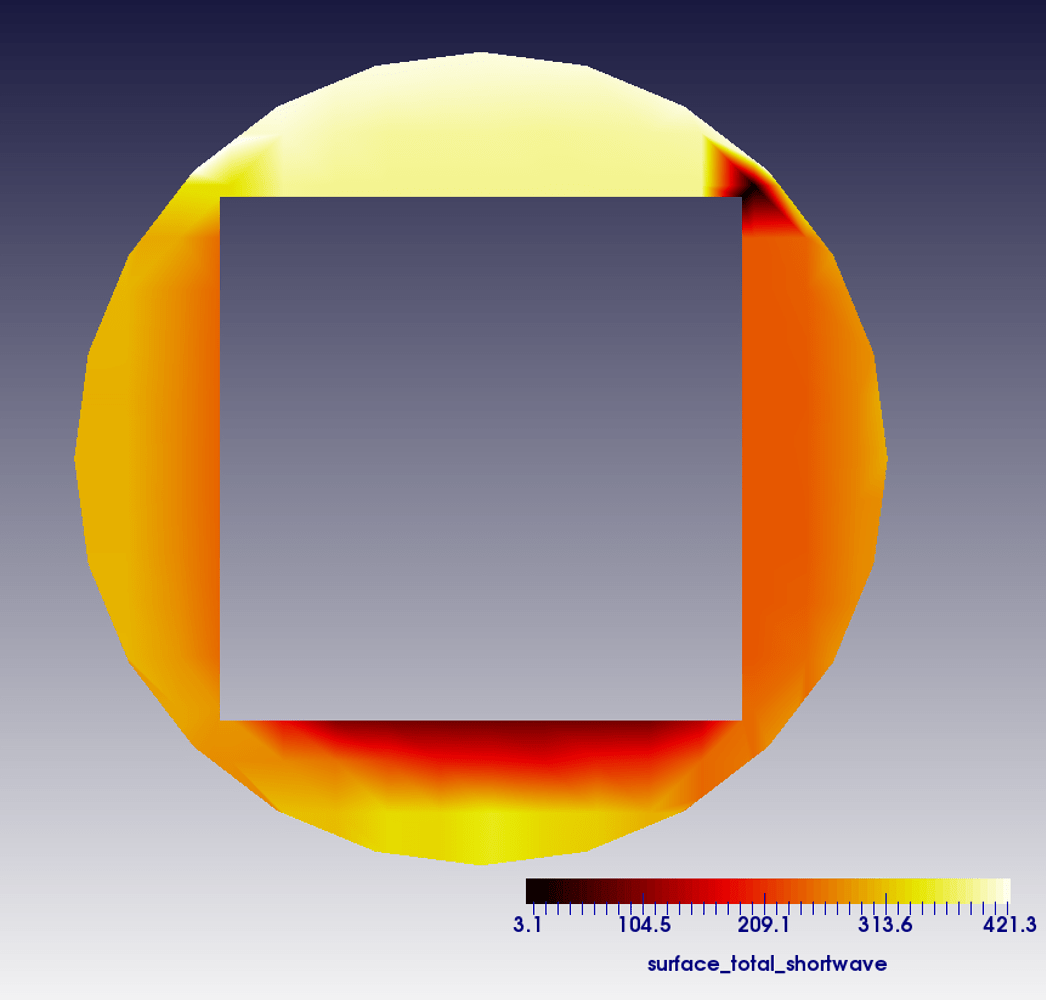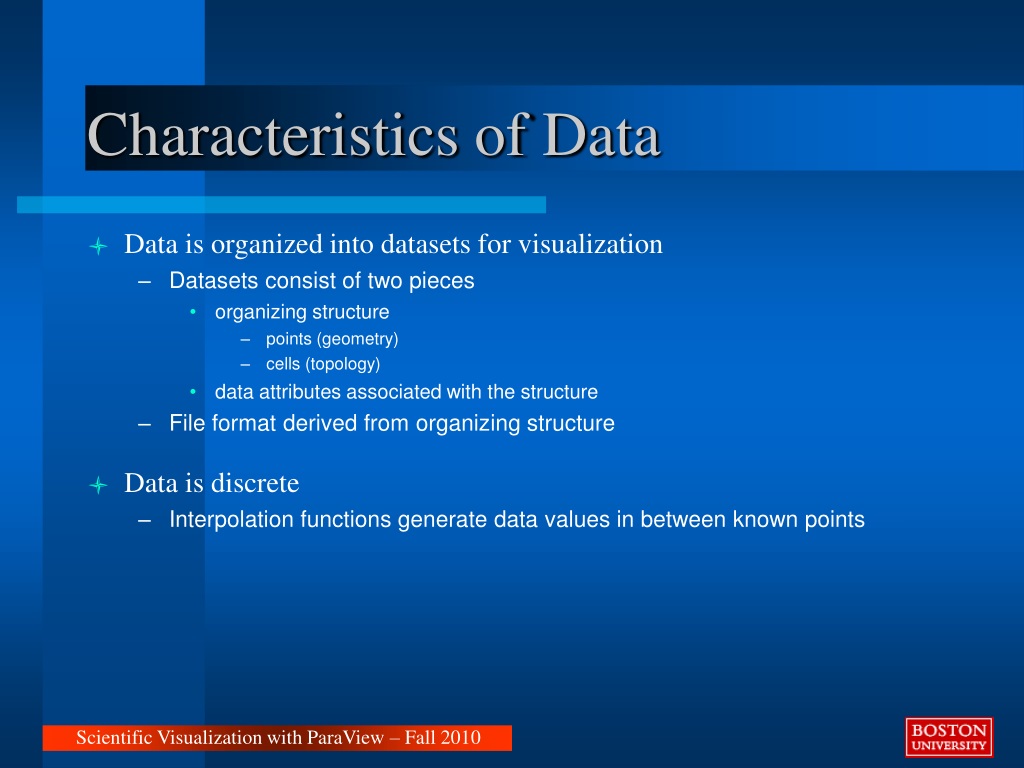
Spectral solvers used to be very popular in the years 1970s to early 1990s, before being replaced by finite-difference methods with the advent of parallel supercomputers that favored local methods. The choice betweenĪ collocated and a staggered formulation is application-dependent. Them from the collocated to the staggered locations. Of the field components by the appropriate phase factors to shift They can also be easily recast on a staggered Yee grid by multiplication

The PSATD and PSTD formulations that were just given apply to theįield components located at the nodes of the grid. The electromagnetic fields are solved on a grid, usually using Maxwell’s In the electromagnetic particle-in-cell method (Birdsall and Langdon 1991), smoothing/filtering of the charge/current densities and/or fields on the grid). absorption/emission of particles, addition of external forces to account for accelerator focusing or accelerating component) or numerical effects (e.g. Additional “add-ons” operations are inserted between these core operations to account for additional physics (e.g. The core PIC algorithm involves four operations at each time step: 1) evolve the velocity and position of the particles using the Newton-Lorentz equations, 2) deposit the charge and/or current densities through interpolation from the particles distributions onto the grid, 3) evolve Maxwell’s wave equations (for electromagnetic) or solve Poisson’s equation (for electrostatic) on the grid, 4) interpolate the fields from the grid onto the particles for the next particle push. 9 The Particle-In-Cell (PIC) method follows the evolution of a collection of charged macro-particles (positively charged in blue on the left plot, negatively charged in red) that evolve self-consistently with their electromagnetic (or electrostatic) fields.

I do not how can I use these filters or another way to show stresses interpolating to gauss points. InterpolatetoQuadraturePoints: it appears the same error message than using Generate quadrature scheme dictionary. Generate quadrature points: I can show my quadrature points: “Filter data has not been configured correctly. Generate quadrature scheme dictionary: it appears the following error message:

However when I open this file in paraview I do not know how can I show my stresses interpolated. Stress_si->GetInformation()->Set(vtkQuadratureSchemeDefinition::QUADRATURE_OFFSET_ARRAY_NAME(), offsets->GetName()) Īfterwards I add stress array into unstructured grid. ParaView will perform a spline interpolation between these two keyframes and because of the. Key->Append(Stress_si->GetInformation(),gauss_points_triangle) ParaView will then interpolate between the camera positions. VtkDataArray* offsets = layer->GetOffsetsArray() Īfterwards I create my array with stress results (my unstructured grid contains 2 triangles):Īfterwards I connect the quadrature scheme with Stress array:Īuto* key = vtkQuadratureSchemeDefinition::DICTIONARY() Where 3 is the number of nodes, 3 the number of quadrature points, Ngauss is an array with the shape functions of each gauss points (dimension=9), Wi is the quadrature weights (dimension 3). Gauss_points_triangle->Initialize(VTK_TRIANGLE, 3, 3, Ngauss3, Wi) I understand that I should use Quadrature Scheme. I need to interpolate a result (stress) using gauss points.


 0 kommentar(er)
0 kommentar(er)
